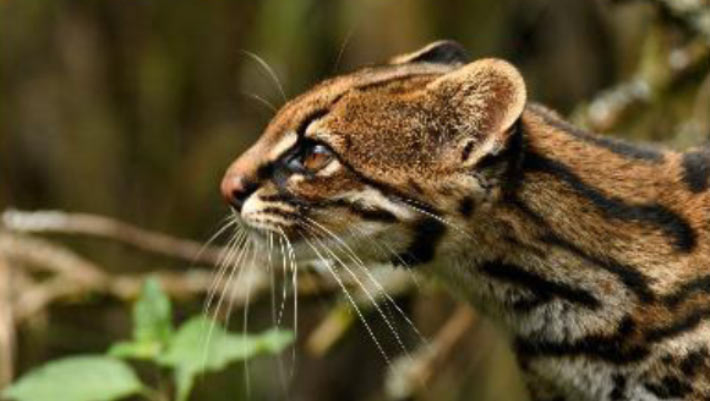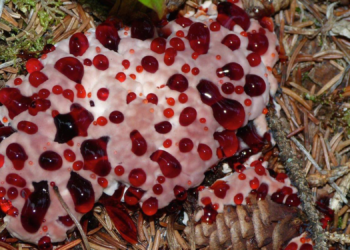In 2013, the oncilla (Leopardus tigrinus), a species of small spotted cat from the Americas, was split into two species: the northern tiger cat (Leopardus tigrinus) and the southern tiger cat (Leopardus guttulus). New research led by the Universidade Estadual do Maranhão shows that the oncilla is in fact three separate species.
Oncillas are wild, housecat-sized felids native to montane and tropical rainforests of Costa Rica, Brazil and Argentina.
Also known as tiger cats, these creatures resemble margays (Leopardus wiedii) and ocelots (Leopardus pardalis), but they are smaller, with a slender build and narrower muzzle.
They weight as little as 1.5 kg, and usually do not exceed 3 kg with males slightly larger than females. Their body length can be anywhere between 35 to 60 cm, with a height of about 25 cm.
Oncillas have a yellowish-ochre background pelage predominantly patterned with open rosettes.
They eat small mammals, lizards, birds, eggs, invertebrates, and occasionally tree frogs.
They generally live for 10 to 14 years in the wild, and although they have been known to live for up to 23 years in captivity.
They are threatened by habitat loss for cattle ranching, agriculture and local trade for pets.
“The tiger cat species complex, the original species from old taxonomic schemes, is one of the most intriguing, enigmatic, and fascinating group of felids,” said Universidade Estadual do Maranhão researcher Tadeu de Oliveira and colleagues.
“Owing to the limited knowledge available, the tiger cat, before and after the species split, has long been the subject of several preconceptions regarding where it ranges and the associated habitats. These include its presence in the Amazon Basin and in the Pantanal.”
“As it stands today, the tiger cat species complex is currently composed of two species: Leopardus tigrinus and Leopardus guttulus, with the former is further divided into three subspecies: Leopardus tigrinus oncilla, Leopardus tigrinus…
Read the full article here







